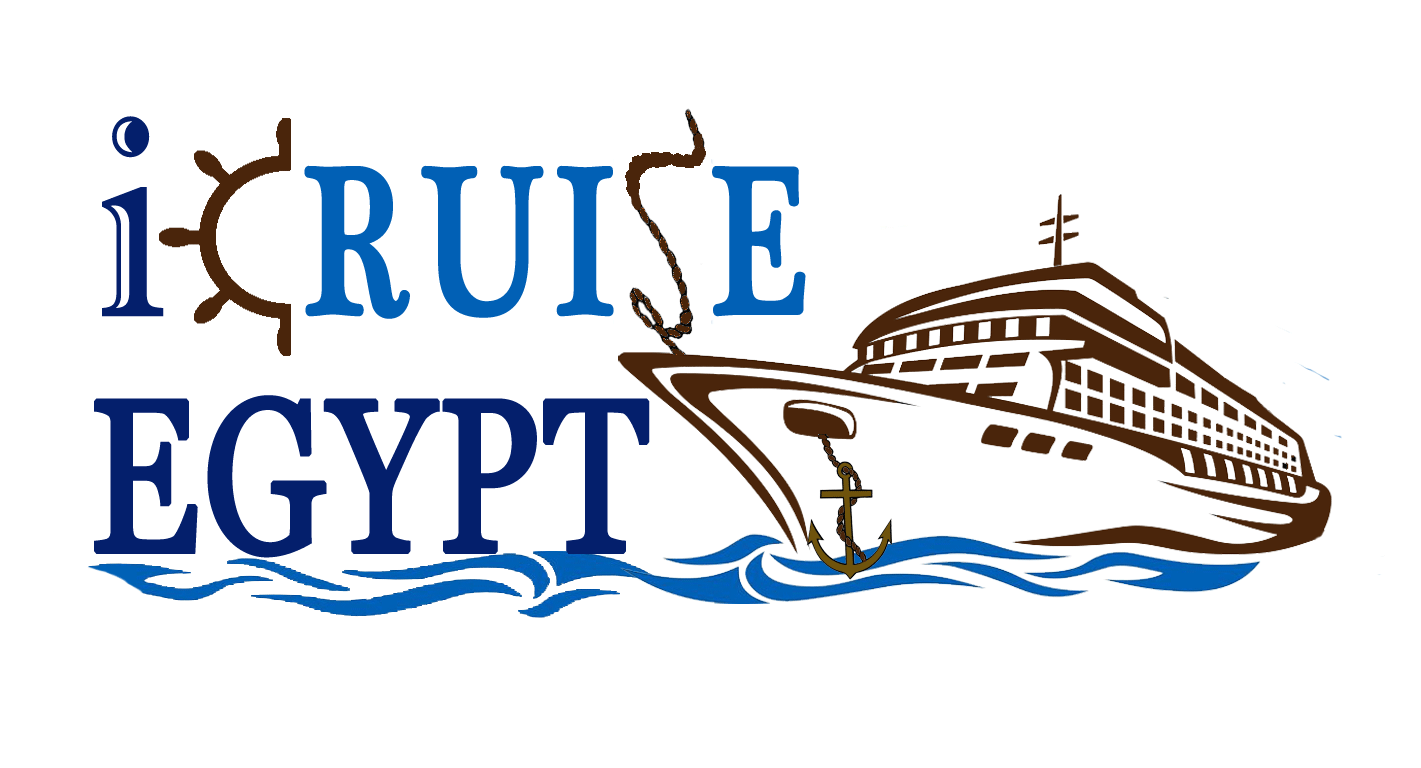Cairo
Cairo, the capital of Egypt and one of the most fascinating cities in the world, is an ever-changing kaleidoscope of sights and sounds. It is the melting pot of all fascinating elements of Africa and the Orient with the sophistication of Europe, making old and new coexist harmoniously Cairo is home to over 15 million people, and has been a center of history and culture for the last 5,000 years. Many Kings and Queens have lived here over the centuries, creating one of the most sophisticated cultures the World has ever known. It hosts one of only two man-made constructions that can be seen from space: the Great Pyramid. Today Cairo is Africa’s largest and most vibrant city. With industry, culture, sport, night life, entertainment, and tourism..Cairo is one of the World’s greatest living museums.









Cairo Attraction:
The city of Cairo covers an area of more than 453 sq km (more than 175 sq m), though it is difficult to separate the city from some of its immediate suburbs. Bracketed by the desert to the east, south, and west and bounded by the fertile Nile delta to the north, Cairo sits astride the river, though it spreads farther on the east bank than the west. Cairo also includes several river islands, which play an important role in the life of the city. As the region's principal commercial, administrative, and tourist centre, Cairo contains many cultural institutions, business establishments, governmental offices, universities, and hotels, which together create a dense pattern of constant activity.
The centre of downtown Cairo is Tahrir Square, located on the east bank. A hub of tourist activity, the vast and open square contains numerous attractions, including the Egyptian Museum, the Arab League headquarters, and the modern Umar Makram Mosque. Extending from north to south along the east bank of the Nile is the Corniche, Cairo's main thoroughfare. Located nearby is the narrow strip of land known as Garden City, one of the city's newer residential areas. In the centre of the city is the river island of Zamalek (also called Jezerah, meaning "the Island"), which contains the upscale residential and commercial neighborhood also known as Zamalek, the Cairo Opera House (founded in 1869), and the Cairo Tower (1961). Three bridges link the island with both banks of the river. The island of Al-Rodah, located to the south, is linked to the mainland by two additional bridges, while another bridge to the north carries road and rail traffic across the Nile.
Outside the city's central area on the east bank, spanning from the northeast to the southeast, are the neighborhoods of Islamic Cairo. These neighborhoods are known for their narrow streets, crowded markets (bazaars), and hundreds of Mosques, many dating back to the medieval period. South of the Islamic district is Old Cairo, where some of the city's oldest architectural monuments can be found. Old Cairo is the home of Cairo's Coptic Christian community, and the site of the Coptic Museum plus a number of Coptic churches.
Cairo Day & Night Excursions:
Selected Hotels:















